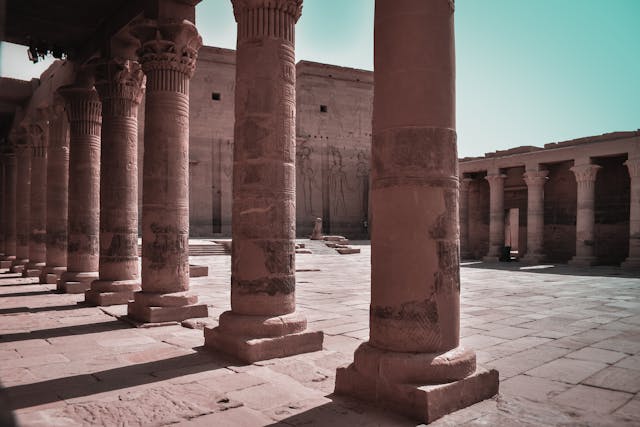
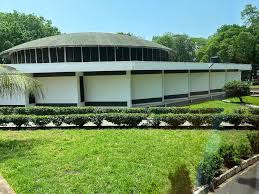
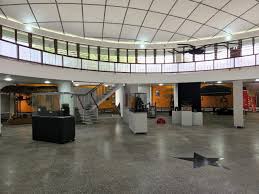
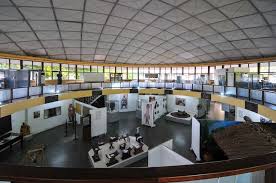
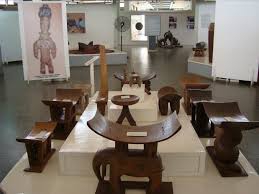
Step into Ghana’s history at the National Museum – where the past meets the present!
History African@africanhistory
7 months ago
The National Museum of Ghana, located in Accra, is the oldest and largest museum in the country. Established in 1957, the year of Ghana’s independence, the museum serves as a repository of the nation’s rich cultural heritage and historical artifacts. It is part of the Ghana Museums and Monuments Board (GMMB) and plays a crucial role in preserving the country’s past while educating both locals and international visitors about Ghana’s history, traditions, and artistic legacy.
The museum houses a diverse collection that includes ethnographic, archaeological, and fine art pieces. These artifacts date back centuries and provide insights into Ghana’s pre-colonial, colonial, and post-colonial history. From traditional musical instruments, ceremonial masks, and royal regalia to sculptures, textiles, and ancient pottery, every exhibit tells a unique story about the various ethnic groups in Ghana and their contributions to the nation’s development.
One of the most notable exhibits includes relics from the trans-Atlantic slave trade, a dark period in Ghana’s history. Visitors can explore artifacts from Elmina and Cape Coast Castles, including shackles and trade items that were exchanged for human lives. These pieces serve as a poignant reminder of the struggles of enslaved Africans and the resilience of their descendants.
The uniqueness of the National Museum of Ghana lies in its ability to blend historical narratives, artistic expressions, and scientific discoveries into one cohesive experience. Unlike many museums that focus only on artifacts, the National Museum offers:
1. A Pan-African Perspective – It doesn’t just showcase Ghanaian history but includes exhibits from other parts of Africa, emphasizing the continent’s shared heritage.
2. Live Cultural Performances – Special events often feature traditional drumming, dancing, and storytelling, making history come alive for visitors.
3. Interactive Learning Experiences – Guided tours, educational programs, and workshops allow visitors to engage with exhibits in a hands-on manner.
4. Rotating Exhibitions – Temporary displays highlight contemporary Ghanaian artists and new historical discoveries, ensuring that there’s always something new to see.
5. Architectural Significance – The museum’s building itself is a blend of colonial and modern Ghanaian architecture, making it a piece of history on its own.
If you are a history enthusiast, cultural explorer, or art lover, the National Museum of Ghana offers a comprehensive and eye-opening experience. Visitors leave with a deeper appreciation of Ghana’s past, the struggles of its people, and the artistic ingenuity that has shaped the nation. The museum is an ideal place to:
- Learn about Ghana’s role in the African independence movement and how it inspired other nations.
- See unique artifacts up close, including ancient tools, textiles, and gold ornaments used by Akan chiefs.
- Understand Ghana’s diverse cultures, from the Ashanti Kingdom to the Ewe, Ga, and Dagomba traditions.
- Explore colonial history* through documents and photographs that capture Ghana’s transformation.
- Purchase authentic Ghanaian souvenirs at the museum shop, including handcrafted jewelry, Kente cloth, and traditional artwork.
Whether you’re visiting Ghana for the first time or returning for another adventure, the National Museum offers a timeless journey through history, art, and culture.
#NationalMuseumGhana #ExploreGhana #GhanaianHeritage #AccraMuseums #DiscoverAfrica #HistoryAndCulture
#AfricanArt #VisitGhana #GhanaTourism #CulturalExperience #MuseumLovers #TravelToGhana
Photo Credit: Eyali Tours
